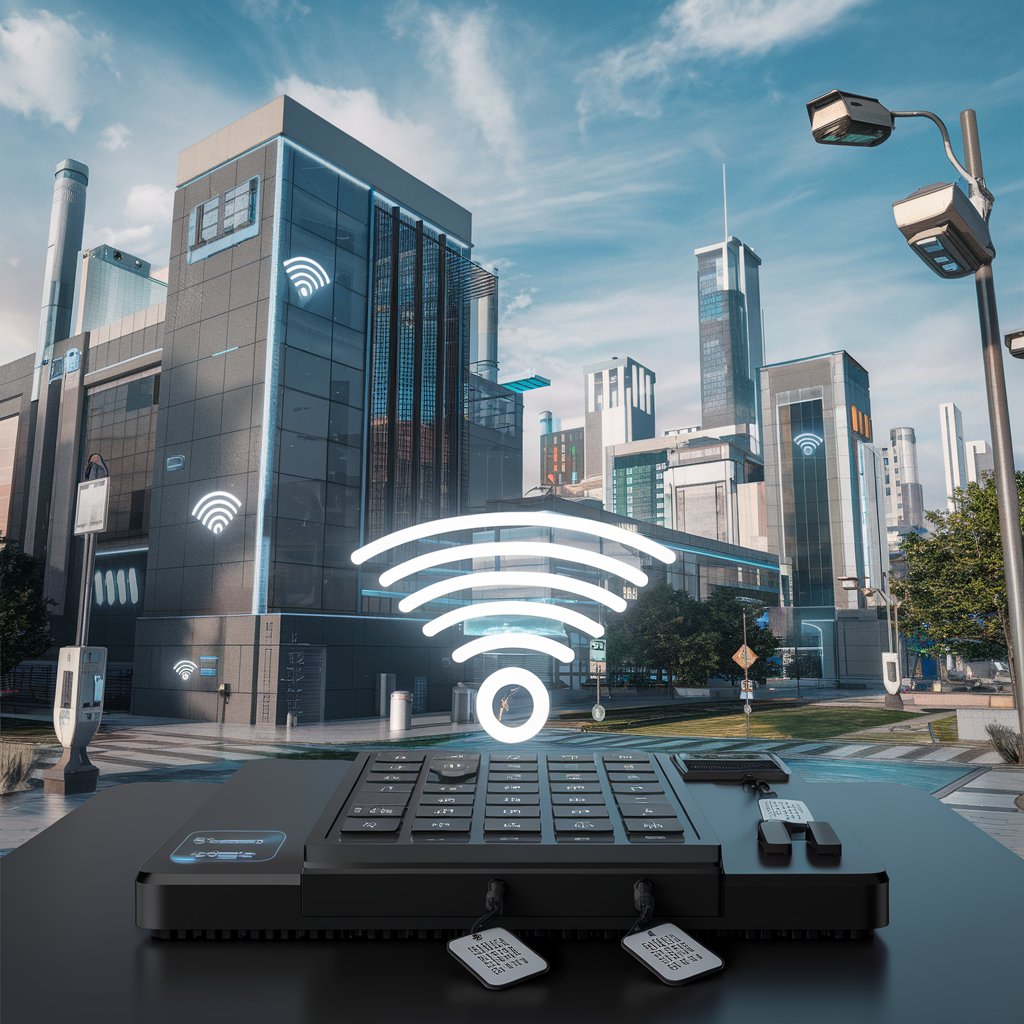The RFID (Radio-Frequency Identification) middleware market is witnessing transformative changes driven by the rapid integration of Artificial Intelligence (AI) and the Internet of Things (IoT). Traditionally, RFID middleware has functioned as a crucial layer, facilitating communication between RFID readers and enterprise applications by filtering, storing, and organizing data. However, with the advent of AI and IoT technologies, RFID middleware is evolving into an intelligent, adaptive system with the ability to analyze and manage complex networks in real-time. These advancements are redefining the way businesses manage inventory, track assets, and optimize supply chains, making the future of RFID middleware more dynamic and impactful.
The Role of AI in RFID Middleware
AI plays a pivotal role in enhancing RFID middleware by adding layers of intelligence to data processing and analysis. In traditional systems, RFID middleware handled data aggregation, managing the influx of information from RFID tags and delivering it to applications. While effective, this approach was limited to basic data handling, such as identifying tagged objects and providing their location.
With AI, RFID middleware can analyze data in real-time, identifying patterns and delivering predictive insights. For example, in a warehouse environment, AI-enhanced RFID systems can detect bottlenecks, anticipate inventory shortages, and recommend optimized pathways for workers, all based on the analysis of tag movement data. Machine learning algorithms allow RFID middleware to “learn” from past data, making it possible to forecast demand, anticipate equipment maintenance needs, and flag anomalies in operations. As AI algorithms become more sophisticated, RFID middleware is expected to transition from a passive data handler to an active problem-solver, supporting industries in making data-driven decisions that improve efficiency and reduce costs.

IoT Integration and its Impact on RFID Middleware
IoT has revolutionized the RFID ecosystem by linking vast networks of RFID tags and enabling them to communicate across a shared digital environment. IoT expands the scope of RFID middleware by enabling data from tagged items to be shared across devices, systems, and platforms. This interconnectedness provides end-to-end visibility, allowing organizations to track products, assets, or personnel across complex, distributed networks in real-time.
In retail, for example, RFID-enabled IoT systems allow stores to monitor inventory levels continuously, providing instant updates as items are purchased or restocked. This enables retailers to keep their shelves stocked and respond more effectively to consumer demand, reducing both stockouts and overstock situations. IoT also empowers RFID middleware in sectors like healthcare and logistics, where real-time visibility and quick decision-making are essential. By using IoT-enabled RFID systems, healthcare providers can track high-value equipment, ensure the timely delivery of medical supplies, and monitor patient movement, thus improving service delivery and enhancing patient safety.
The Combined Power of AI and IoT in RFID Middleware
The combination of AI and IoT in RFID middleware unlocks possibilities that go beyond what either technology could achieve alone. As IoT connectivity expands the reach of RFID systems, AI capabilities bring intelligence and adaptability to the data these systems generate. Together, they enable a more responsive, real-time view of operations that extends from a single asset to an entire network of connected items.
One of the key benefits of AI and IoT-enabled RFID middleware is in predictive maintenance. By analyzing the patterns of asset usage and environmental conditions, AI can predict when equipment may need maintenance, reducing unexpected downtime. In the logistics industry, this could mean significant cost savings by ensuring that vehicles, machines, and other equipment are serviced proactively based on usage data. Additionally, AI can automate the decision-making processes in IoT-enabled RFID systems, providing recommendations or triggering actions without human intervention. This is especially beneficial in environments where rapid response times are crucial, such as in cold chain logistics where real-time temperature monitoring can prevent spoilage.
Future Outlook for the RFID Middleware Market
The adoption of AI and IoT in RFID middleware is expected to accelerate as 5G technology and edge computing become more mainstream. 5G’s high-speed, low-latency connectivity will enhance the performance of IoT devices, allowing RFID systems to handle large volumes of data from connected tags without delays. Meanwhile, edge computing will enable data processing closer to the source, reducing the load on centralized systems and supporting real-time applications.
Looking ahead, we can expect RFID middleware to play a more strategic role in driving innovation across industries. Its evolution from a simple data management layer to an intelligent network orchestrator will open new possibilities for businesses in retail, healthcare, manufacturing, and beyond. The increased demand for visibility, efficiency, and automation in business operations will likely spur more investment in RFID middleware solutions that integrate AI and IoT, leading to more powerful, adaptive systems.
In summary, the future of the RFID middleware market is poised to be shaped by the advancements in AI and IoT. These technologies are transforming RFID middleware into a critical enabler of digital transformation, offering predictive insights, real-time connectivity, and seamless data integration across networks. As industries continue to prioritize intelligent, connected operations, RFID middleware will emerge as an essential technology for achieving these goals, marking a promising future for the market.
